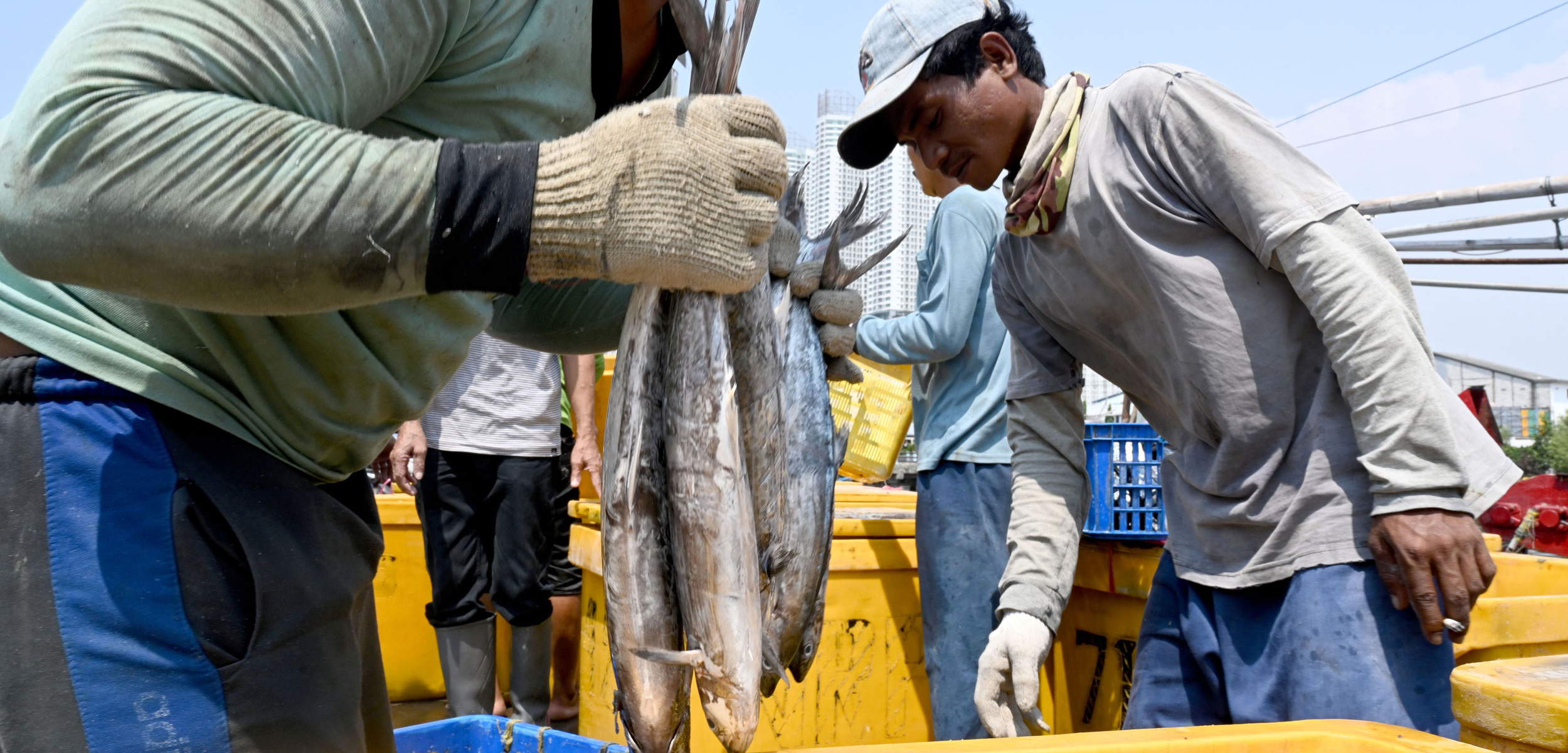Tracking Modern Slavery in the Fishing Industry
Researchers are analyzing the hotspots for recruiting and transporting forced laborers.
Article body copy
Forced labor—a form of modern slavery—is rampant in the fishing industry. “It can come as debt bondage,” says Irina Bukharin, a senior analyst on human trafficking and forced labor at the nonprofit Center for Advanced Defense Studies (C4ADS). Sometimes fishermen are told to repay transportation through labor, she says. Other times, they are recruited through deception. Once at sea, forced laborers disappear, essentially invisible to industry watchdogs. But vessels inevitably pull in to port to refuel and offload. And whether at Kaohsiung, Taiwan, or in Cape Town, South Africa, a close examination of industry figures gathered at ports offers a glimpse into the obscure world of forced labor.
Since 2016, C4ADS has been using publicly available information and advanced technology to map, track, and disrupt forced labor in the fishing industry. They’ve built case files on more than 100 examples, drawing on interviews with fishermen, data from partner organizations working with victims of forced labor, and media reports. The effort is helping them understand the underlying causes and mechanisms—and the corporate networks—behind the problem.
The research by Bukharin and her colleagues has also revealed some trends. For one, they found that forced laborers don’t necessarily come from the same country as the ship they’re working on. Instead, they are most often ensnared by recruiting agencies in just a handful of countries: chief among them Indonesia and the Philippines.
Some countries are also crucial as transit states—where fishermen disembark and move from ship to ship. Singapore is a key connection hub for the movement of forced laborers, followed by Hong Kong and Taiwan. Fiji and Uruguay are other major transit states.
“This is an overlooked window into a fisherman’s experience of forced labor as they board vessels,” says Bukharin. Authorities working to stamp down on the illegal practice could increase the oversight of fishermen transiting through these states, Bukharin says.
C4ADS’s analysis also revealed the destinations for fish caught by vessels that employed forced laborers. They found that the European Union, the United States, Russia, and Uruguay are all likely recipients of fish from forced labor.
Dyhia Belhabib, a principal investigator at Ecotrust Canada who last year launched Spyglass, a platform that publishes the criminal records of fishing vessels and seafood companies, supports C4ADS’s work. She says that identifying hotspots for recruiting and moving forced laborers can empower authorities with the information needed to act.

